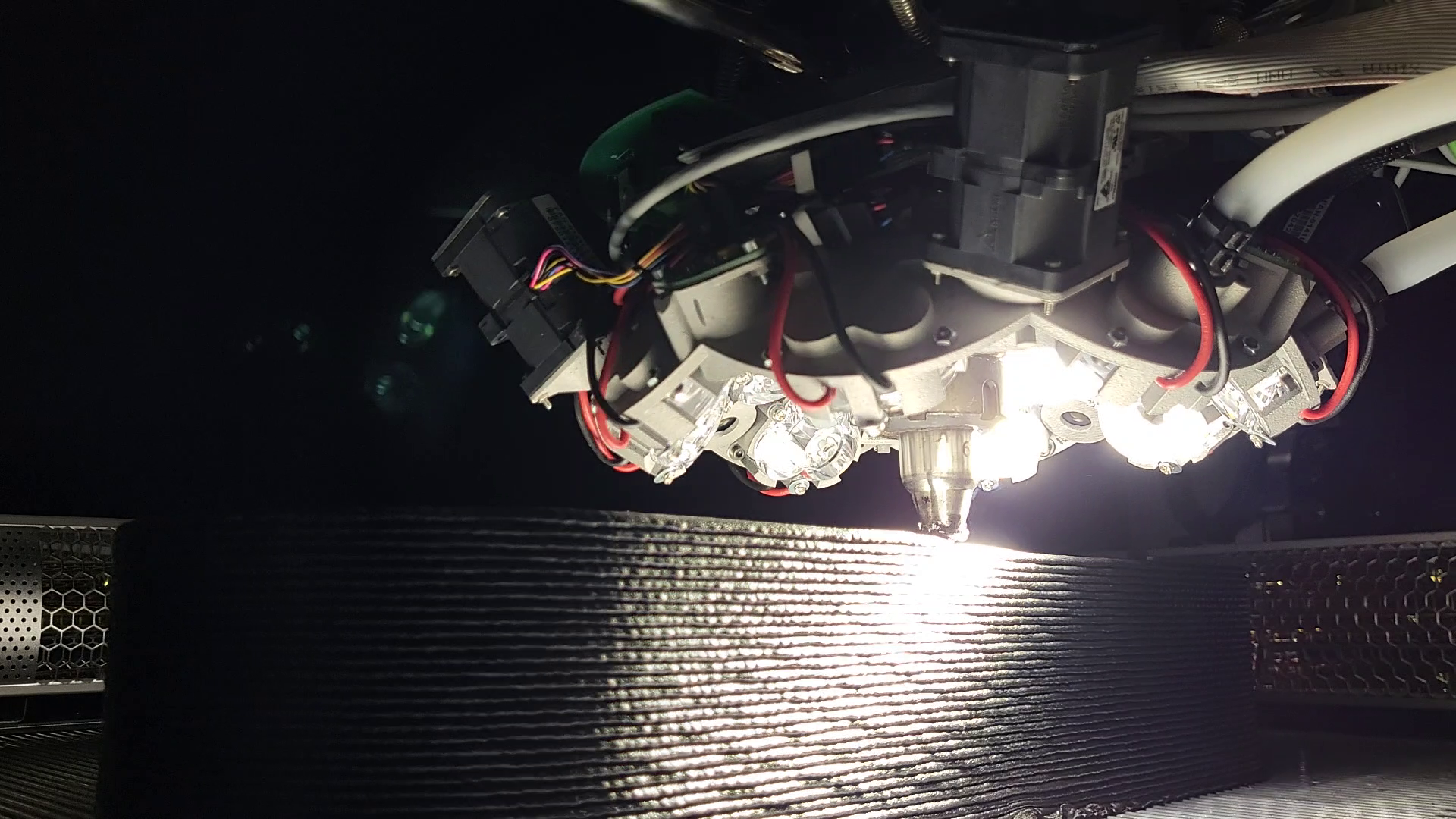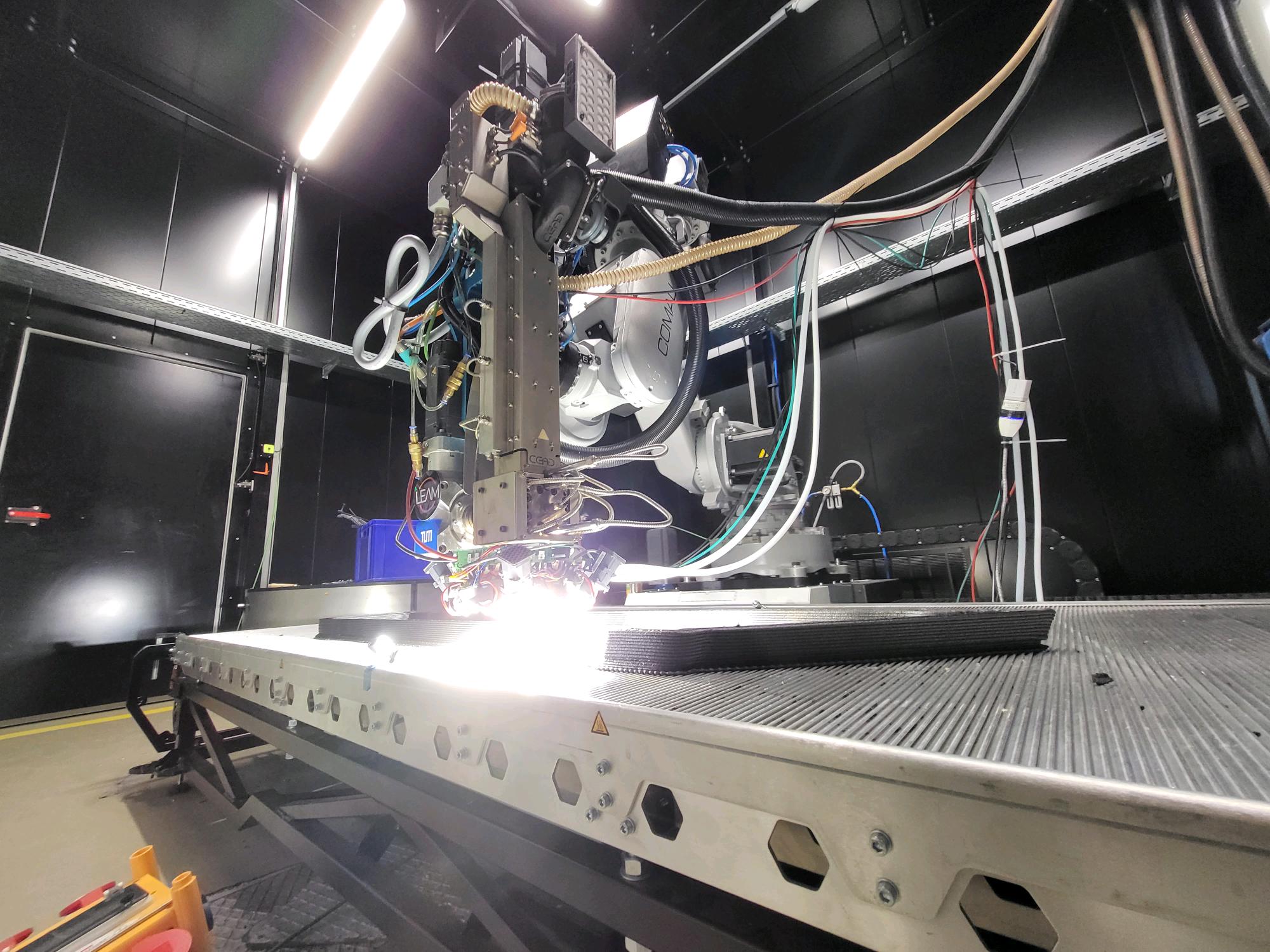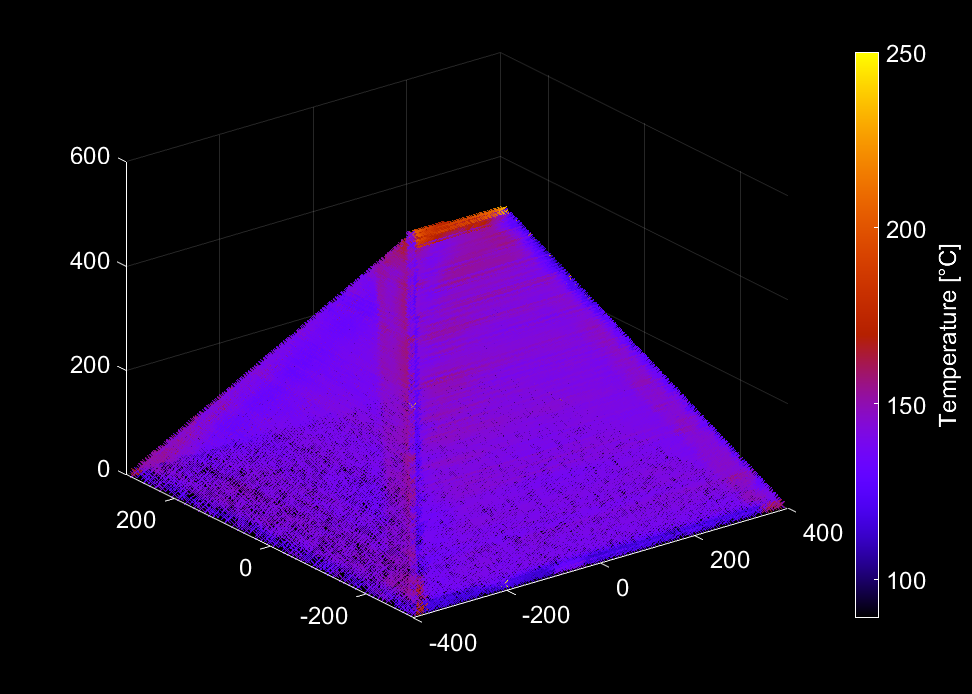Light
Enabled
Additive
Manufacturing
DEMEX
DEMEX is our solution for completely new possibilities in additive manufacturing. Using light to heat the material, we enable unprecedented mechanical performance, even with tough to print materials. And because it's not a laser, it's safe and easy to integrate.

Pilot projects and validation
To validate applications that might profit from our technology, pilot projects can be carried out on our facilities. This allows us to demonstrate the new possibilities offered by our systems with zero risk for the customer.

Temperature Monitoring
Our Temperature Monitoring solution detects the temperature at every position of the part and controls the parameters of your 3D printer accordingly. Additionally, the data can be logged to generate a digital twin of the part.

Supported by:
Unprecedented part performance
Our DEMEX system allows the user to print parts with mechanical performance that has never been achieved before.
New process combinations
Functionalize and individualize CFRP components or injection molded parts, segment toolpaths or interrupt the process if needed. Process and material combinations that seemed unfeasible before, are now possible.
Digital twin
Keep track of every aspect of your print. Generate a digital twin of every produced part and be informed about your production parameters.
Copyright © 2024 LEAM Technologies GmbH





